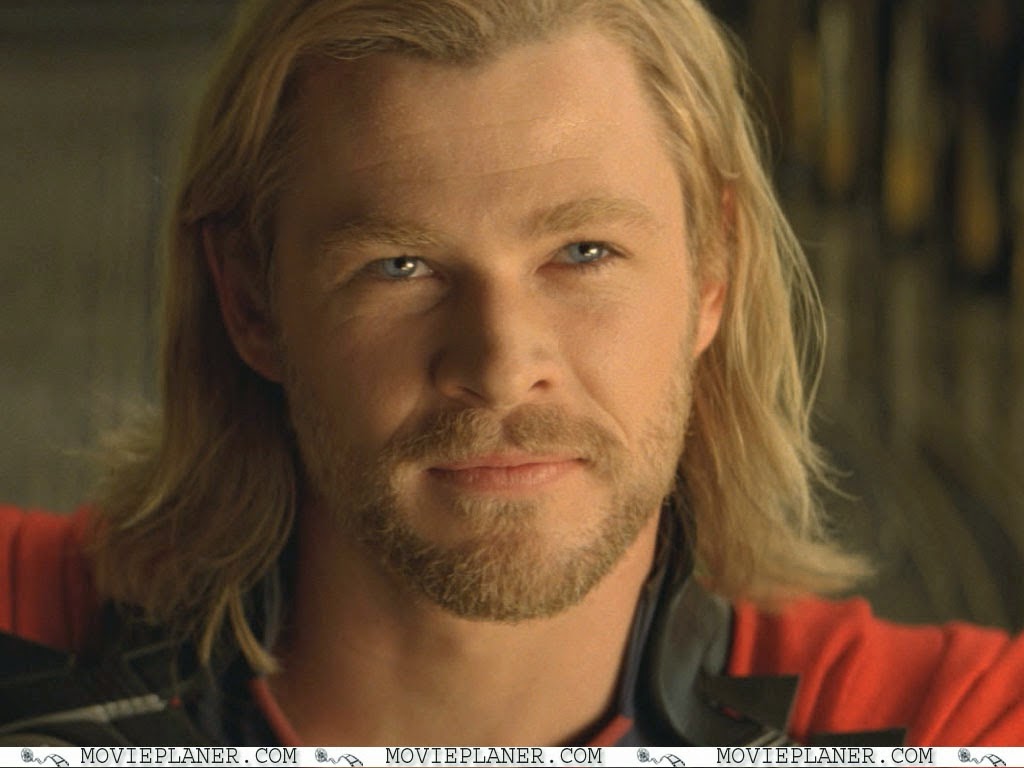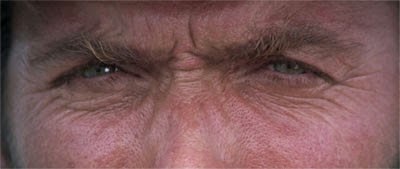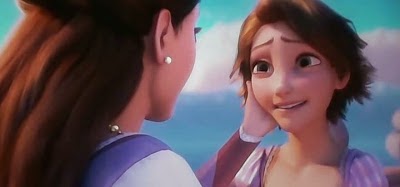An establishing shot is a shot that shows the viewer where the scene or movie is set. There will often be certain buildings or landmarks that gives people an idea of the location of a film sometimes it's a specific place and landmarks (like in the example above of an establishing shot in london with big ben in view) or it might just give you an idea of the setting (an example might be a shot of a small village).
Extreme long shot (ELS)

An extreme long shot a shot often used to set the scene or as an establishing shot. It can be taken from up to a quarter of a mile away. It is normally done for an exterior setting like a building or landscape. It is used to show the general details and shows very little specific details. Is also used for shots of large scale action such as views of armies or a disaster movie
Long shot
The long shot can be difficult to precisely categorize. It is generally a shot that shows an entire object or person with a relation to it's or their surroundings. Though the focus is on a object or person there is still detail of the surroundings as well. It can also be used as an establishing shot.
Medium shot
The medium shot is a shot that contains a figure that is shown from the knees or waist up and is primarily used for dialogue or for a closer action shot. There is often very little background detail because of the focus on the characters or action. There are a couple variations of a medium shot. One is when there are two characters shown in the shot talking or involved in action. This is called a "Two shot". When there are three characters shown it is called a "Three shot". There are very rarely ever more than three characters involved in a medium shot.
Close- up

This is a shot that focuses solely on a single subject. This can be a person's face, a specific object or something written on a page. It highlights the importance or significance of the object or text on the page so that the audience pays attention to it. With a person's face it is often used to show the emotions of a character or to give the audience an idea as to what they are thinking.
Extreme close up

A shot that is magnified to show very specific detail you wouldn't normally observe with the human eye. An extreme close up of a person's face will usually only include the eyes or the mouth. The shot is used for dramatic effect.
Bird's-eye view

A scene viewed from directly above, which is a very strange view of the action which a person would very rarely have. This angle gives the audience a godlike position as they are looking down on the characters and scenery. The subjects of the scene can be made to look insignificant or part of a larger scheme of things.
Point of view shot

A point of view shot is where the camera is placed so it looks as though we are seeing the action through the characters eyes. Sometimes the character's glasses, hands or limbs will be in shot to establish it is their view point. Other times a close up shot will establish the way a character is looking so the audience can tell that this is that character's view. This shot can help the audience see a character's perspective on certain events are and helps you empathize with their feelings.
Aerial shot

An aerial shot gives a view of the scene from high above. It can be used to set the scene as an establishing shot or to simply give an aerial view of an action sequence.
Over the shoulder

An over the shoulder shot places the camera places the camera behind the shoulder of a character. The audience gets a view of what the character is looking at. It can have a similar effect to a point of view shot but in this shot you can also see part of the character's facial expressions and reactions so it can give more of an idea as to what they are feeling.



No comments:
Post a Comment